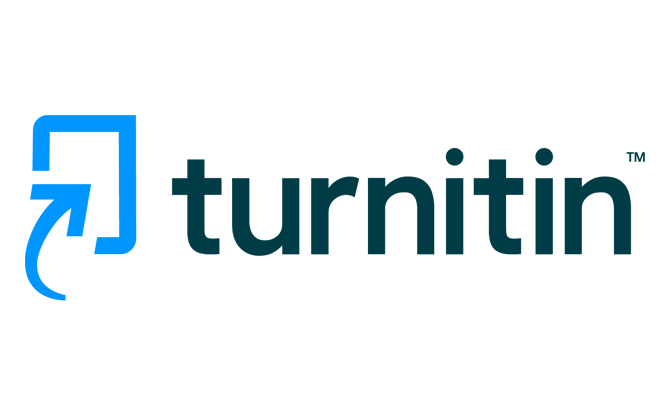Microbial Effects from Biogas Slurry Application on Growing Phase of Turi (Sesbania grandiflora)
DOI:
https://doi.org/10.32734/jpi.v7i2.2135Keywords:
microbial, biogas slurry, dosage, turi (sesbania grandiflora)Abstract
This research was conducted in Samosir Island, North Sumatera Province, Indonesia
which has Inceptisol soil. As this type of soil is generally unfertile, since hundreds years ago,
local people added ruminant faeces before planting. This research objective was to prove that
application of biogas slurry on growing phase of Turi (Sesbania grandiflora) plant improved
microbial population on soil thus plant quality. This research was conducted from May until
September 2018. Research design was Completely Randomized Design (CRD) with
treatments slurry dosages which were P0: without slurry, P1: 10/ha/year and P2: 20/ha/year.
Parameters were chemical composition of slurry, microbial type and population, plant height,
total leaf, stem diameter, number of branch and leaf size. The results showed that P0 had no
significant effect on every parameters while P1 and P2 improved microbial type and
population, plant height, total leaf, stem diameter, number of branch and leaf size (P <0.05).
There was an increasing of microbial population in line with the increasing of slurry dosage.
P2 contained the highest population of bacteria or fungal (F <0.05) compared to P0 or P1.
Downloads
Downloads
Published
Issue
Section
License
The Authors submitting a manuscript do so on the understanding that if accepted for publication, copyright of the article shall be assigned to Jurnal Peternakan Integratif as well as TALENTA Publisher Universitas Sumatera Utara as the publisher of the journal.
Copyright encompasses exclusive rights to reproduce and deliver the article in all forms and media. The reproduction of any part of this journal, its storage in databases and its transmission by any form or media, will be allowed only with written permission from Jurnal Peternakan Integratif.
The Copyright Transfer Form can be downloaded here.
The copyright form should be signed originally and sent to the Editorial Office in the form of original mail or scanned document.















